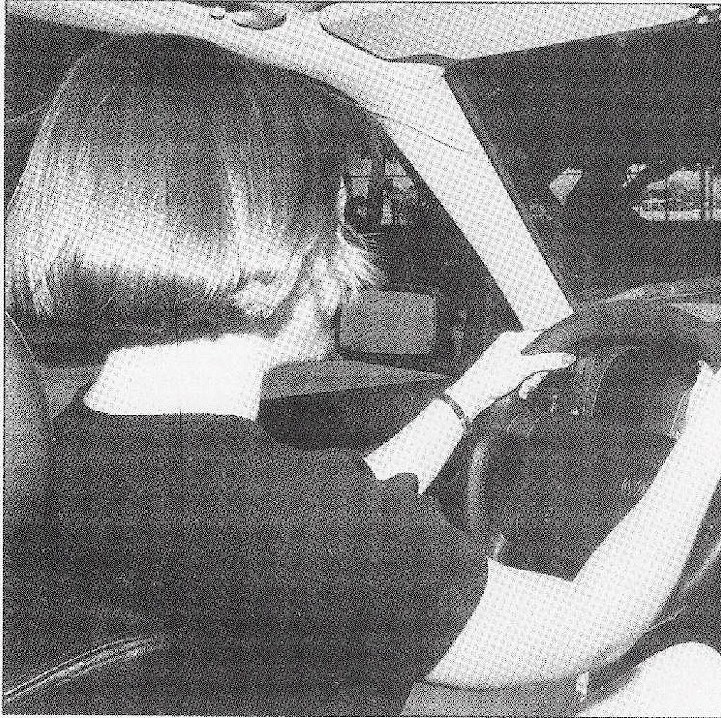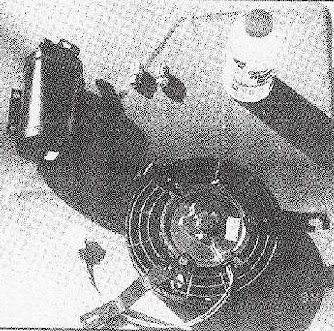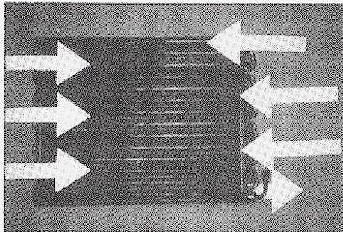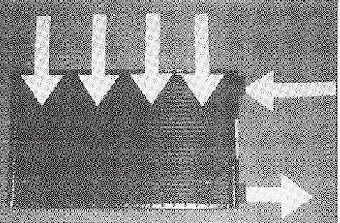ENVIRONMENTAL ASPECTS
The ozone layer is a part of the atmosphere, which filters out ultraviolet rays from the
sun before they reach the earth's surface. CFCs are chlorofluorocarbon gases, which attack
the upper ozone stratospheric layer located between 6-25 miles up in the atmosphere. As
CFCs drift upward ultraviolet rays break them down. This chemical process breaks down
chlorine atoms from the CFC molecules. Scientific studies indicate that a single chlorine
atom can destroy 100,000 ozone molecules. A natural process creates the ozone. This
process is being exceeded by the rapid introduction of CFCs in the environment.
122-millionpounds of R-12 (Freon) were released into the atmosphere in 1990 alone. Freon
is an ozone depleting gas, which has been used as the primary refrigerant in the
automobile's air conditioning system. The depletion of the ozone layer increases the
amount of radiation, which enters the earth's atmosphere. The effects of these increased
radiation levels will effect the delicate, natural balance of the earth's environment.
There has been significant scientific evidence of increased radiation levels in the
environment. Higher levels of radiation result in a trend of global warming, which
accelerates the melting of the polar ice caps. The sun's rays will have higher levels of
ultraviolet rays that can cause skin cancer and other radiation poisoning.
MARKET POTENTIAL
There are approximately 140-million vehicles in the U.S. with CFC R-12 air conditioning
systems. The automotive industry estimates 60-100 million potential customers between 1995
and the year 2000

 ABOVE, the new
R134a retrofit kit includes receiver drier, service ports, ester oil and auxiliary
condenser fan. |
 ABOVE, Standard auto A/C condenser has an inlet tube at the top, through tubes top to bottom, dissipating heat and turning the gas into liquid.
|
